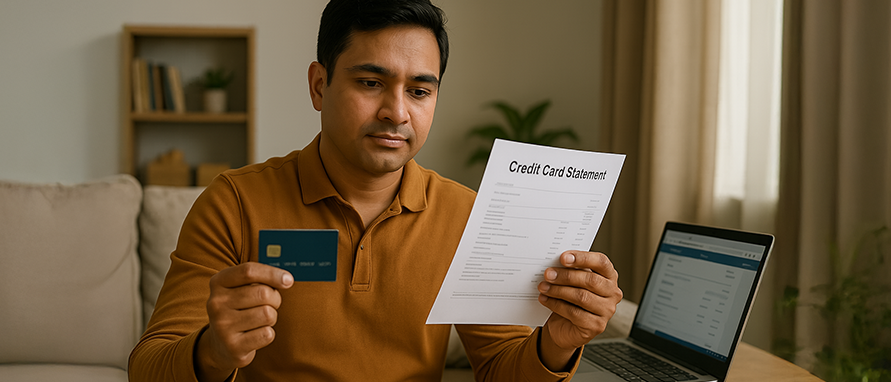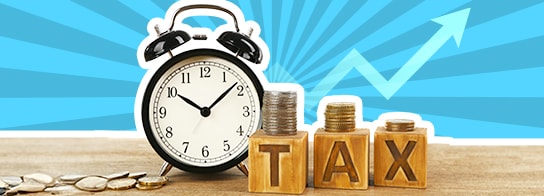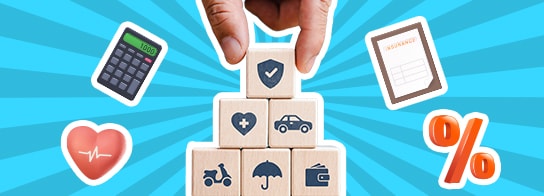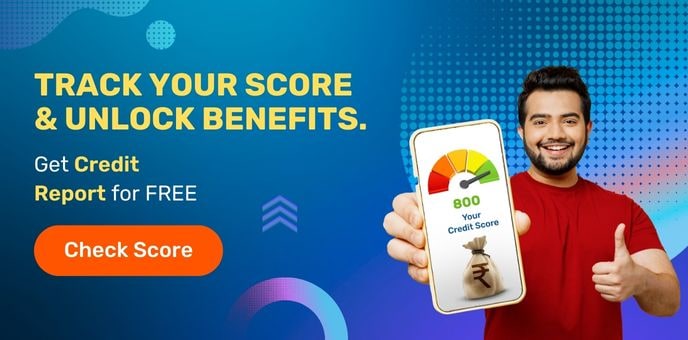To fully understand your statement, familiarise yourself with these key sections:
This shows your previous balance, total new charges, payments made, credits received, and current outstanding balance
The date by which your credit card payment must be received to avoid late payment charges
The lowest amount you must pay by the due date to avoid late fees, typically a small percentage of your total outstanding balance
The amount added if you carry a balance beyond the due date, based on your card's interest rate
Lists all purchases, payments, refunds, and other transactions made during the billing period
Additionally, some statements include details like available credit limit, reward points earned, and customer service contact information.






































